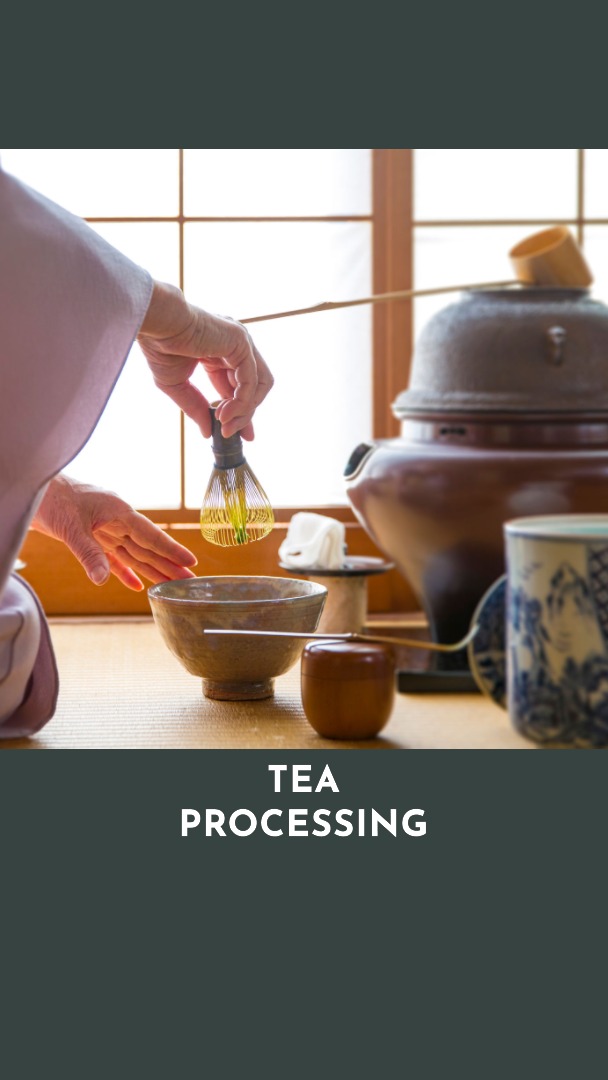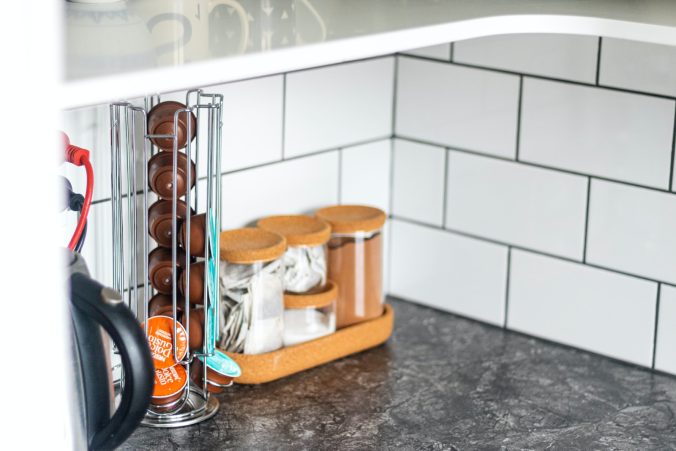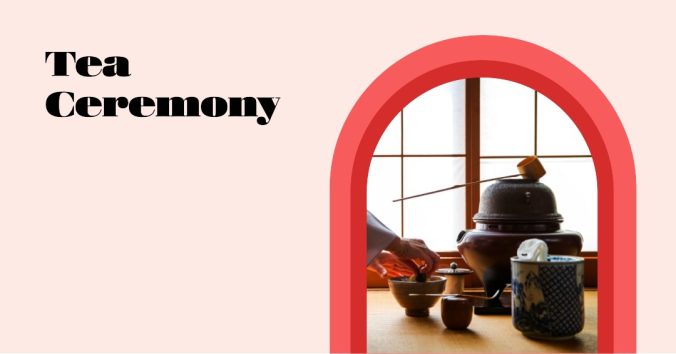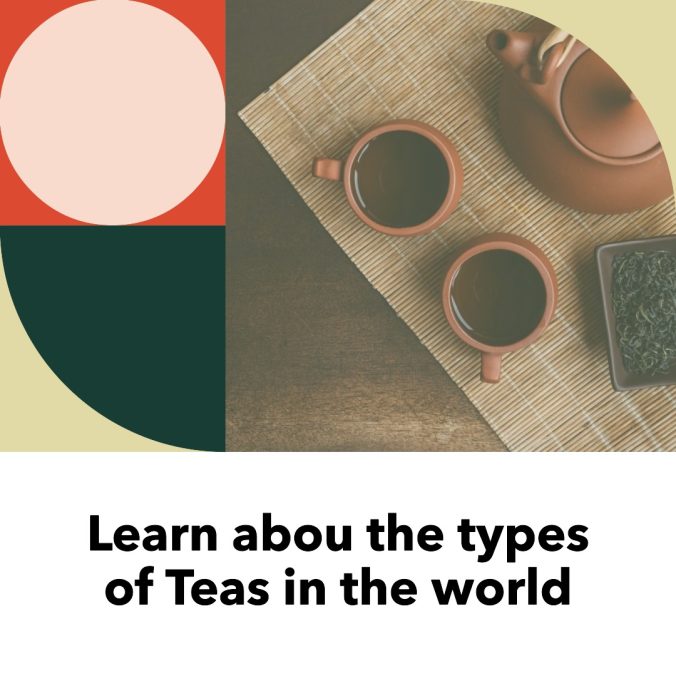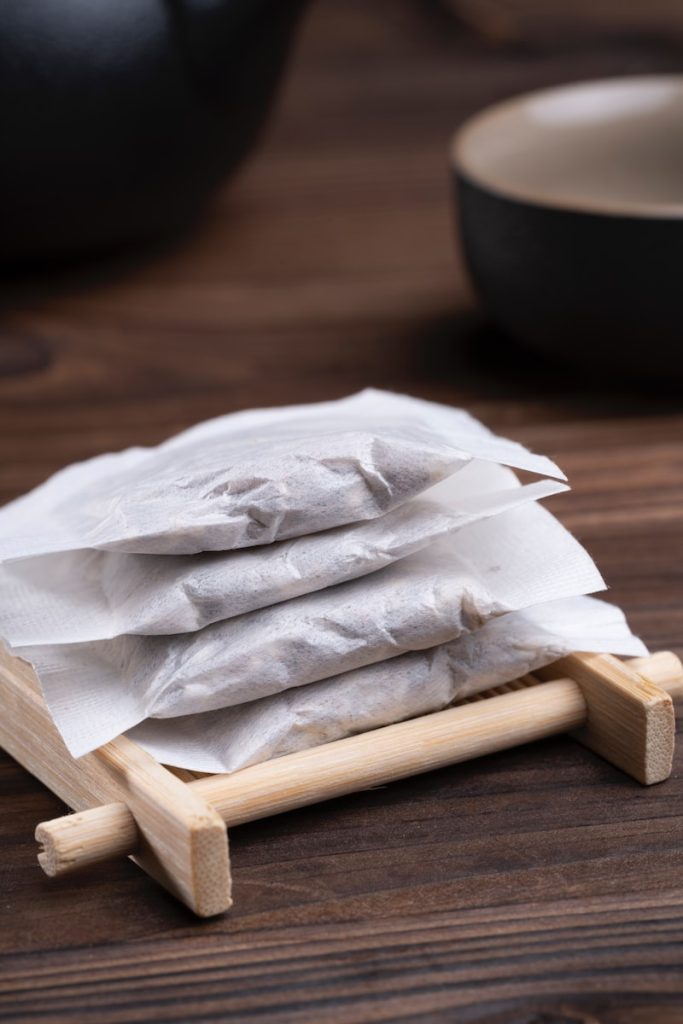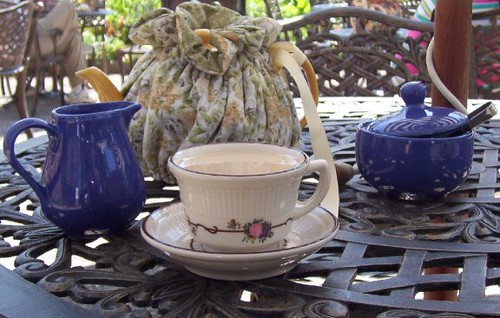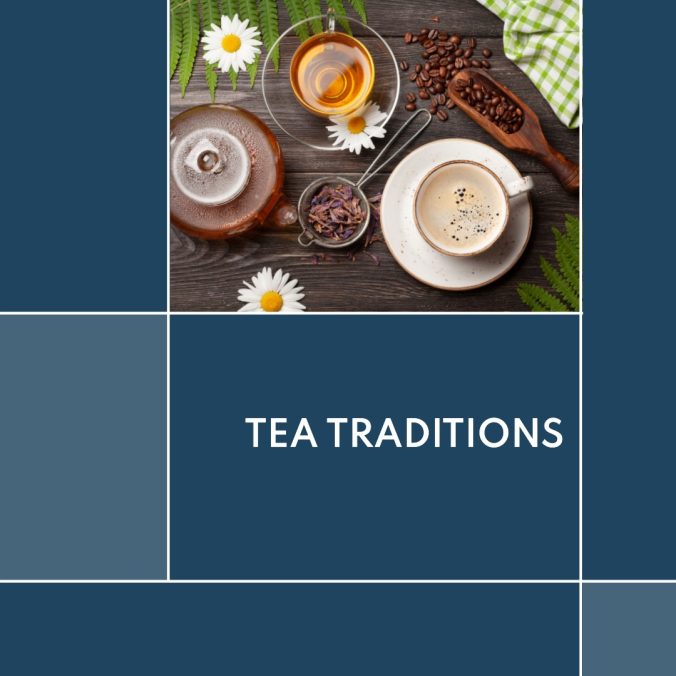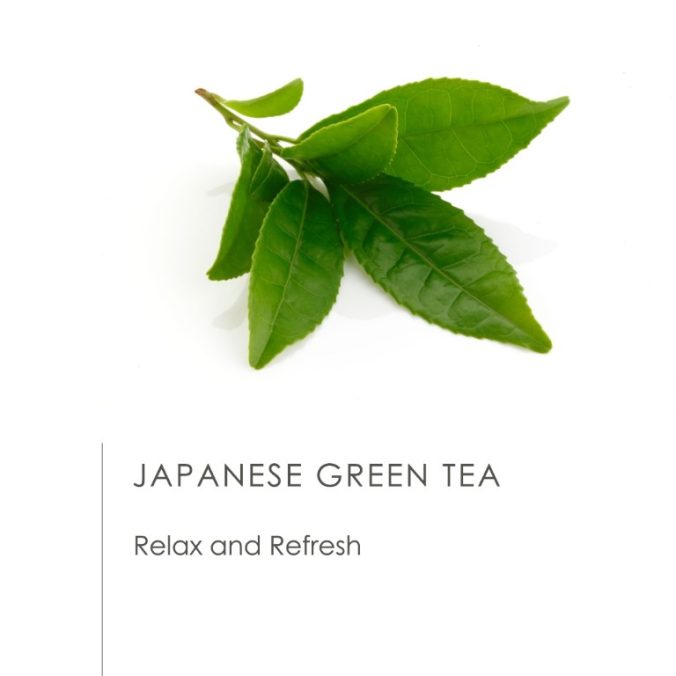Table of Contents
- Withering: The First Step in Tea Processing
- Rolling: Breaking Down the Leaves
- Oxidation: The Key to Flavour Development
- Firing: Halting Oxidation and Adding Flavour
- Drying: The Final Touch in Tea Production
- Frequently Asked Questions for tea processing
- Conclusion
If you are a tea lover, you may have wondered how the leaves in your cup ended up with such a unique flavour and aroma. The answer lies in the complex process of tea processing, which involves several stages that transform freshly-picked tea leaves into the loose leaf or bagged teas that we drink every day.
Each stage plays a vital role in developing the taste, colour, and fragrance of the final product. In this article, you will discover the various steps involved in processing tea leaves and how each stage affects the final product. From withering to drying, we will explore the science behind each process and what makes it essential for producing high-quality teas.
So sit back, grab yourself a cuppa, and prepare to learn about one of the world’s most beloved beverages – from farm to table!
Withering: The First Step in Tea Processing
The first step in making great tea is withering, where the leaves lose moisture and become more pliable. This process plays a crucial role in shaping the tea’s final flavor.
During withering, harvested tea leaves are spread out on trays or mats and placed in a well-ventilated room. The duration of withering depends on various factors such as humidity, temperature, and leaf thickness. Typically, this process lasts for 12-18 hours.
Withering has a significant impact on the quality of tea produced. If done correctly, it can enhance the aroma and taste of the tea. When the leaves lose moisture during withering, they also begin to break down some complex compounds into simpler ones, thus releasing essential oils that contribute to unique flavors and aromas.
Furthermore, proper withering ensures that the leaves remain pliable enough to undergo subsequent processing steps without breaking or tearing apart. However, if over-withered or under-withered, this can result in subpar quality tea due to loss of flavor or damage to the leaves’ structure respectively. Therefore, monitoring humidity levels and adjusting duration accordingly is critical for producing high-quality teas through this stage of processing.
Rolling: Breaking Down the Leaves
Rolling is where the leaves get squished and smashed to release their juices. This process helps to break down the cells in the leaves, which allows for the oxidation process to occur more quickly and evenly. Rolling can be done by hand or with machinery, depending on the size of the tea plantation and the desired level of quality.
The texture of the tea leaves after rolling can vary depending on how much pressure was applied during this step. Some teas, like black tea, are rolled very tightly to create a small, twisted leaf shape. Other teas, like green tea, may only be lightly rolled or even left unrolled altogether.
The machinery used for rolling can range from simple wooden rollers to complex machines that use a combination of heat and pressure to achieve a specific texture and flavor profile in the finished product.
Oxidation: The Key to Flavour Development
Achieving a desired level of flavor complexity in artisanal tea involves intimately understanding how oxidation can be manipulated during the production process. Oxidation, also known as fermentation, is a crucial step that determines the final flavor profile of tea leaves.
During this stage, enzymes present in the leaves interact with oxygen and other compounds to create new flavors and aromas. Oxidation levels play a significant role in the development of tea flavors.
Black teas are fully oxidized, giving them a robust and bold taste, while green teas are minimally oxidized, resulting in a light and refreshing flavor. Factors affecting oxidation include temperature, humidity, and processing techniques such as twisting or bruising the leaves.
All these factors can influence how much oxygen reaches the enzymes within the leaf cells and therefore impact the final product’s flavor profile. Understanding how to manipulate these variables is a critical aspect of producing high-quality artisanal tea with complex flavors that satisfy discerning palates worldwide.
Firing: Halting Oxidation and Adding Flavour
You’re about to learn how to halt oxidation and infuse your artisanal tea with even more flavor. Firing is the process of heating the tea leaves to stop the oxidation process, which is crucial in determining the flavor profile of your tea.
During firing, moisture is removed from the tea leaves, which results in a concentrated taste and aroma. Smoke infusion is a technique used during firing where the tea leaves are exposed to smoke, adding a smoky aroma and flavor to the final product.
Roasting techniques also come into play during firing, such as pan-frying or baking in an oven. These techniques can add depth and complexity to the flavor profile of your tea. With proper firing techniques, you can create a unique and delicious cup of tea that will leave you wanting more.
Drying: The Final Touch in Tea Production
Get ready for the satisfying finish to your tea-making journey with the simple yet crucial step of drying. This final stage seals in all the delicious flavors and aromas that you’ve worked so hard to produce.
The moisture content in the leaves must be reduced from around 75% to between 2-4% to create a shelf-stable product. There are two methods commonly used for drying tea leaves: sun-drying and heat treatment.
Sun-drying is a traditional method where the leaves are spread out on bamboo mats or concrete floors and left to dry under the sun for several hours. Heat treatment, on the other hand, involves using hot air chambers or ovens to dry the leaves quickly at high temperatures.
While both methods achieve similar results, heat treatment is more efficient and can be done throughout the year regardless of weather conditions. Whichever method you choose, it’s essential not to overheat or burn the leaves as this can affect their flavor profile, color, and aroma.
With proper care during this last stage, your tea will be ready to enjoy!
Frequently Asked Questions for tea processing
When it comes to different types of tea, there are countless varieties to choose from. Each type is unique in taste and aroma, with variations based on the region where it is grown and how it is processed.
Tea grading plays a major role in determining the quality of each type, with higher grades typically featuring larger leaves that are less broken. Regional preferences also come into play, with certain areas known for producing specific types of tea such as Darjeeling or Assam.
The processing methods used for each type can vary greatly, impacting everything from flavor profile to caffeine content. For example, green tea is minimally processed through withering and firing while black tea undergoes full oxidation before being fired and dried.
Understanding the differences between various types of tea can help you find the perfect brew to suit your personal tastes.
Altitude impact and climate variations play a crucial role in the processing of tea leaves. At high altitudes, the air is thinner and cooler, resulting in slower growth rates for tea plants, which can lead to more concentrated flavors.
However, low altitude areas receive higher rainfall and warmer temperatures that cause faster plant growth. This difference in climate affects not only the taste but also the texture of tea leaves.
In cooler regions, such as Darjeeling in India or Yunnan in China, teas are lighter with floral notes while hotter regions like Assam produce darker teas with earthy undertones. Therefore, it’s important for tea producers to consider these factors when selecting their locations and altering their production processes accordingly.
This allows them to create unique flavors and aromas that reflect their region’s specific climate conditions.
What is the role of fermentation in tea processing and how does it differ from oxidation?
When it comes to tea processing, fermentation and oxidation are two important steps that contribute greatly to the flavor development of tea. While both processes involve chemical reactions that change the composition of tea leaves, they differ in their methods and outcomes.
Fermentation refers specifically to the process in which microorganisms break down organic matter, releasing enzymes that affect the taste and aroma of tea. Oxidation, on the other hand, is a broader term that encompasses any reaction involving oxygen molecules. This can include enzymatic browning as well as other chemical changes that affect tea flavor.
How do tea producers ensure consistency in the quality and flavor of their tea products?
To ensure consistency in the quality and flavor of their tea products, tea producers employ various methods of tea blending and quality control.
Tea blending involves mixing different types of teas to create a specific taste profile or blend, while quality control ensures that each batch meets certain standards for aroma, flavor, and appearance.
This process includes tasting samples from each batch, analyzing the chemical composition of the leaves, and monitoring production conditions such as temperature and humidity.
By carefully managing these factors, producers can maintain a consistent level of quality across their entire product line.
What are some common mistakes or challenges that can occur during tea processing and how are they addressed?
To prevent contamination during tea processing, it’s important to maintain a clean and sanitized environment. This includes regularly cleaning equipment and surfaces, using gloves when handling the leaves, and preventing cross-contamination between batches.
Improving efficiency can be achieved by optimizing the processes involved in each stage of tea processing. For example, investing in machinery that automates rolling or firing can increase output while reducing labor costs.
Additionally, training staff on proper techniques and implementing quality control measures can help address common mistakes such as over-oxidation or under-drying of the leaves.
Overall, attention to detail and continuous improvement are key to producing high-quality tea products consistently.
Conclusion
Congratulations! You now have a deeper understanding of the intricacies involved in tea processing. From withering to drying, each step plays a crucial role in shaping the final product.
During withering, the moisture content is reduced and enzymes are activated, which sets off a chain reaction that ultimately impacts the flavor and aroma of your tea. Rolling breaks down the leaves and helps release essential oils that contribute to taste and smell.
Oxidation is where magic happens – as oxygen interacts with enzymes, complex chemical reactions take place that form the basis of black, oolong or green teas. Firing halts oxidation and adds unique flavors while drying ensures optimal moisture levels for storage.
By learning about these steps, you can appreciate how much effort goes into producing high-quality tea. Whether you’re a casual drinker or an avid connoisseur, understanding tea processing can help you make informed decisions when choosing your favorite blends or experimenting with new ones.
So go ahead and savor every sip – knowing that it’s been through quite an adventure before reaching your cup!
